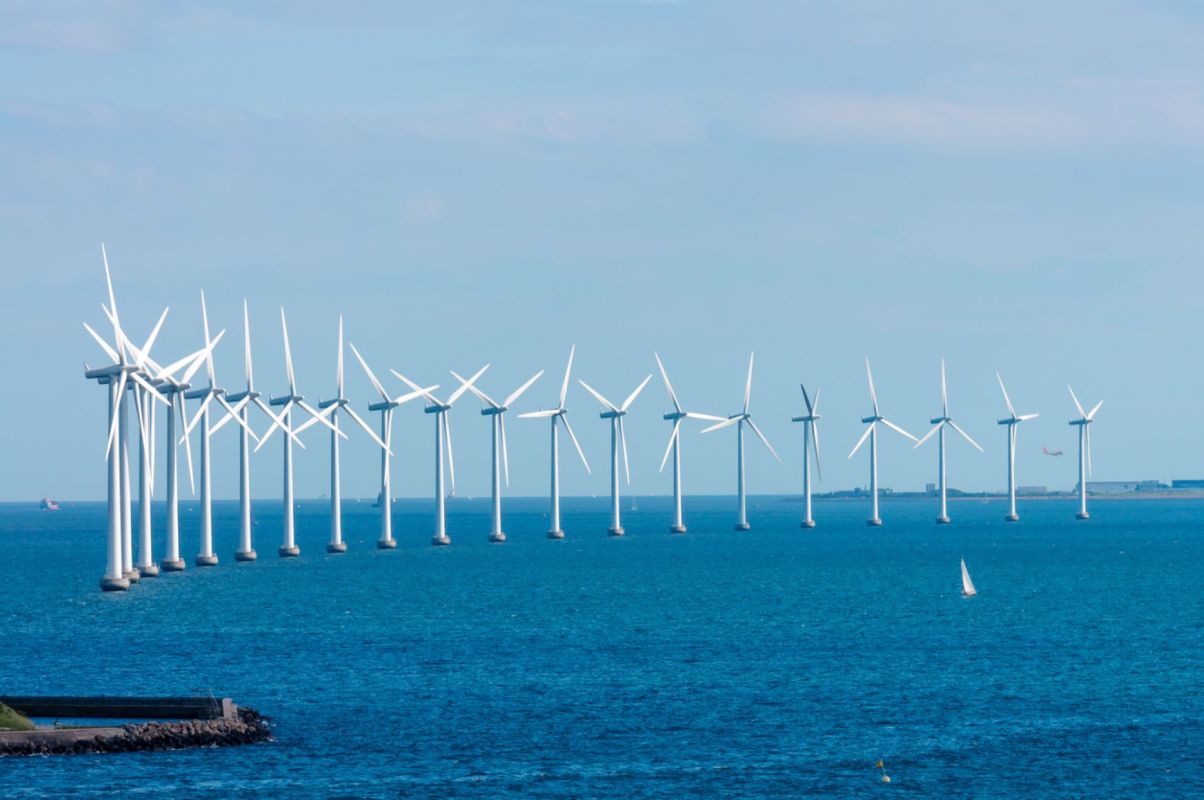After a period of uncertainty during which Danish wind energy developer Orsted briefly pulled out of the project, the United States' largest offshore wind project is officially back on track, having just received final approval from the U.S. government.
Sunrise Wind, which will have a total capacity of 924 megawatts and will create about 800 jobs during construction and 300 during operations, will be located 30 miles off the eastern point of Long Island, New York (or around 16 miles off Martha's Vineyard).
The wind farm is expected to provide clean, renewable power to 320,000 homes in New York. It is currently scheduled to come online in 2027.
"We will continue turning offshore wind opportunities into realities, with a bright future ahead as we grow an American industry that is creating good-paying union jobs, supporting our manufacturing boom, and tackling the climate crisis," said deputy White House national climate advisor Ali Zaidi.
Orsted had previously abandoned the project, citing supply chain issues and rising equipment costs. However, after receiving a new contract from New York state, it reversed course and is now moving ahead as planned with both Sunrise Wind and its other planned offshore wind farm, Empire Wind 1.
After lagging far behind the solar industry for years, wind energy in the U.S. is finally starting to gain steam. This is good news for consumers who want to save money on their energy bills. It's also great for the planet, as we need as much clean, renewable energy as possible to transition away from the dirty energy sources that are polluting our air and overheating our planet.
According to the Office of Energy Efficiency & Renewable Energy, wind energy currently helps avoid over 370 million tons of planet-warming pollution per year. With new record-setting wind farms on the way, that number is sure to go up.
Sunrise Wind is not the only project in the works billing itself as the largest in the U.S.; another planned wind farm off the coast of New Jersey is also trying to claim that title and will have the capacity to power 380,000 homes.
Join our free newsletter for cool news and actionable info that makes it easy to help yourself while helping the planet.









